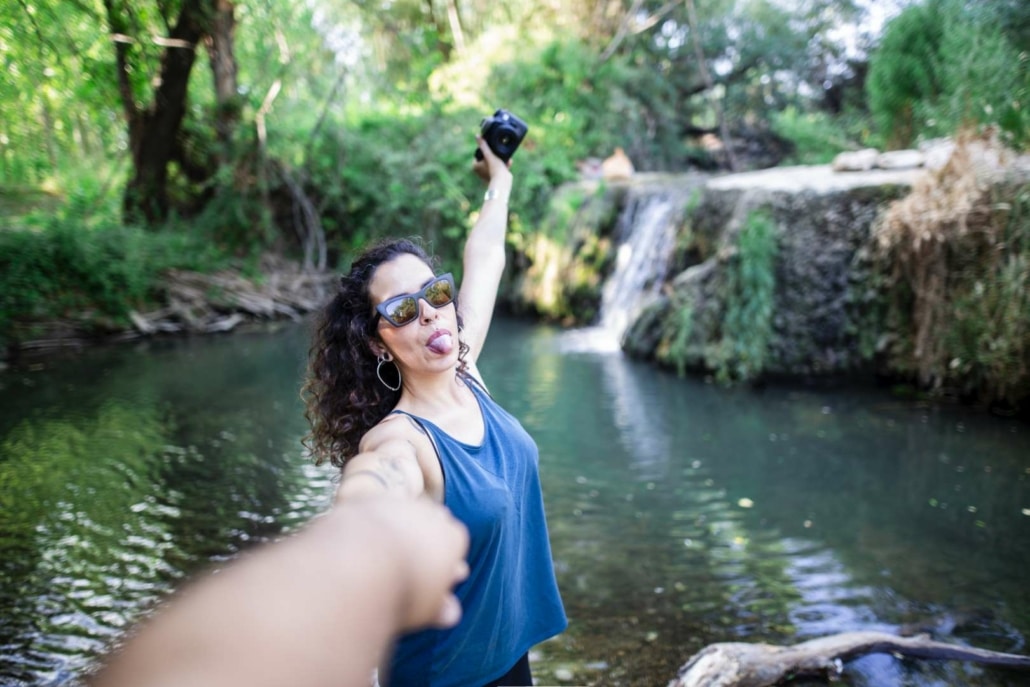Content Marketing in Tourism: Crafting Stories That Resonate

.
Content marketing in tourism is all about creating and distributing valuable, relevant, and consistent content to attract and retain a clearly defined audience. With the rise of digital media, brands can now share high-quality and useful content to draw and engage qualified traffic. This approach is a strategic marketing method focusing on content that is valuable, relevant, and aligned with the brand’s personality. Let’s explore how to craft compelling stories in the tourism industry that resonate with your audience.
Understanding Content Marketing
Content marketing has become an essential tool with the advent of digital media, allowing brands to attract and retain traffic through valuable and engaging content. According to the Content Marketing Institute, content marketing is a strategic marketing approach centered on creating and distributing valuable, relevant, and consistent content to attract and retain a clearly defined audience and, ultimately, drive profitable customer actions.
The Four Seasons Hotels’ “Four Seasons Magazine” is an excellent example of this. The magazine features travel experiences that potential tourists can enjoy, such as “how to eat like a local in New Orleans” or “7 outdoor adventures you can’t miss”. This approach provides valuable content that aligns with tourists’ search interests, enhancing their planning stage with engaging, relevant information.
The Importance of Storytelling in Tourism
Storytelling is a fundamental component of content marketing in the tourism sector. Telling compelling stories allows for the creation of an emotional connection with potential tourists, making destinations more memorable and desirable. Through storytelling, brands can transform simple tourist information into engaging experiences that deeply resonate with the audience.
A recent and successful example of a storytelling campaign in tourism is the “#WhatsGoodNYC” campaign by New York City Tourism + Conventions in 2023. This campaign was launched as part of the city’s rebranding and focused on the authentic opinions of people living in New York. Using the hashtag #WhatsGoodNYC on social media, the campaign showcased real experiences and local recommendations, making the city more accessible and attractive to potential visitors. This approach emphasized authenticity and direct interaction with the audience, making the campaign highly effective.
Key Elements of Content Marketing
- Valuable Content: This involves creating content that adds actual value to a specifically defined audience. For tourism, this means understanding the real needs and searches of a particular niche of tourists. Foe example, during the Covid-19 pandemic, the term “Covid” was the most searched by tourists on the Elba Island’s official website. Addressing this need, the content strategy focused on safety and reassurance, which proved successful compared to other destinations.
- Relevant Content: Content must be pertinent to the interests of tourists. This opposes self-referential communication where the focus is on the company or tourist destination without considering what matters to the specific tourist audience. Effective content must resonate with tourists’ interests and needs. For example, the “Discover Queensland” blog frequently features articles on unique activities to enrich the travel experience, like the “cupcake day” supporting animal protection. This not only informs but also connects with tourists who are animal lovers, humanizing the brand.
- Consistent Content: Consistency in content refers to various aspects, including:
- Content-Public Consistency: Ensuring content is specific to each audience while considering value and relevance.
- Content-Offer Consistency: The actual offers found by tourists must align with the communicated content.
- Quality Consistency: Content quality must be consistently high without drops.
- Channel-Audience Consistency: Choosing the right distribution channels for different audience types.
- Communication Timing Consistency: Content should be timed appropriately to the tourist sector’s different periods and events.
- Frequency Consistency: Regular communication is crucial without excessive variations unless tactically necessary.
Inbound vs. Outbound Marketing
Content marketing is closely linked with inbound marketing, which involves actions by destinations or operators to make themselves easily findable online. Inbound marketing allows users to approach and enter the digital perimeter of the destination or company, contrasting with outbound marketing, where the brand interrupts and bombards users with unsolicited offers.
Examples of inbound marketing include quality content, user-initiated actions, and self-service activities. On the other hand, outbound marketing includes telemarketing, email spam, and other intrusive methods.
A positive example of inbound marketing comes from the Black Country Living Museum in Dudley, England, which effectively used TikTok (@blackcountrylivingmuseum) by posting mini history lessons featuring actors in Victorian costumes set against modern music backdrops. This creative inbound marketing strategy helped attract a younger audience and increase engagement on their social media platforms.
Types of Content in Tourism
Tourism content can include various formats such as texts, translations, photos, videos, images, graphics, white papers, e-books, podcasts, infographics, and memes. Effective content marketing in tourism should cater to different audience segments and be disseminated across various platforms.
For example, the Travel Oregon newsletter segments its content into general updates, culinary interests, and outdoor activities, ensuring relevance to diverse tourist interests. This targeted approach helps in effectively reaching different audience segments with the right content.
Content Strategy and Success
A robust content strategy involves planning, creating, and distributing content that aligns with the business’s key objectives. It includes:
- Setting Content Goals and KPIs: Defining clear business goals and key performance indicators to measure success.
- Defining Audience Segments and Buyer Personas: Researching and creating detailed representations of ideal customers.
- Conducting Content Audits and Gap Analysis: Reviewing existing content and identifying gaps.
- Mapping Content Needs Along the Customer Journey: Understanding what potential customers need at each stage of their journey.
- Keyword Research: Identifying and optimizing content for relevant keywords.
- Creative Content Development: Innovating and developing new content ideas.
- Using a Content Management System (CMS): Managing content efficiently with a robust CMS.
- Implementing a Content Calendar: Scheduling content creation and publication.
- Prioritizing Quality Over Quantity: Focusing on high-quality content to engage and retain the audience.
Measuring Success
The success of content marketing can be measured through various metrics, including engagement, traffic, lead generation, and conversions. Tools like Google Analytics can provide valuable insights into the effectiveness of content and help refine strategies.
Conclusion
Content marketing in tourism requires a strategic approach to creating and distributing valuable, relevant, and consistent content. By understanding and catering to the specific needs of your audience, you can craft stories that resonate and drive profitable customer actions.
If you want to dive deeper into content marketing in tourism, I invite you to read my book: Andrea Rossi, “Digital Media and Tourism”, 2024.
https://www.amazon.com/Digital-Media-Tourism-Communication-Personalized/dp/B0D1P49JNB/


Leave a Reply
Want to join the discussion?Feel free to contribute!